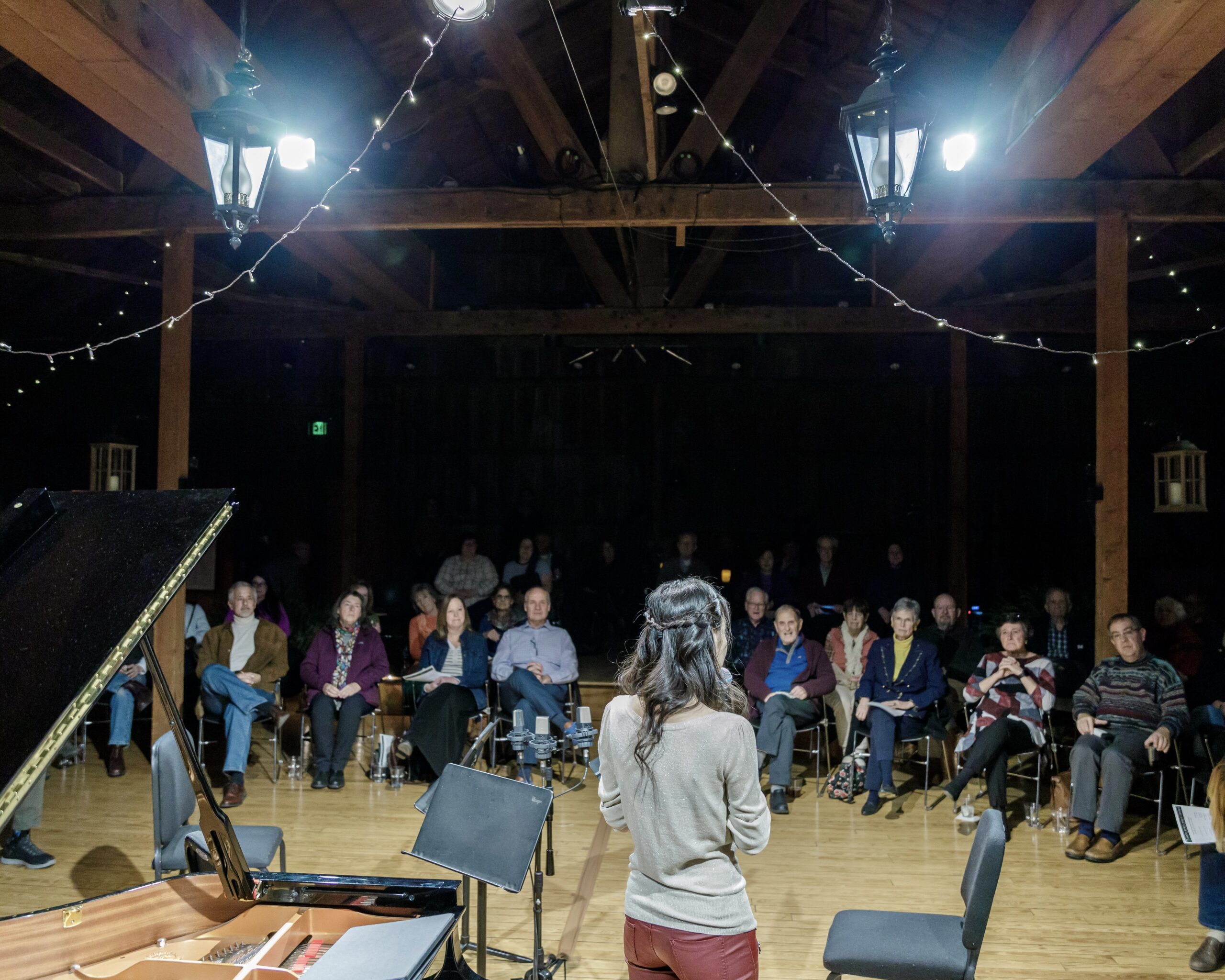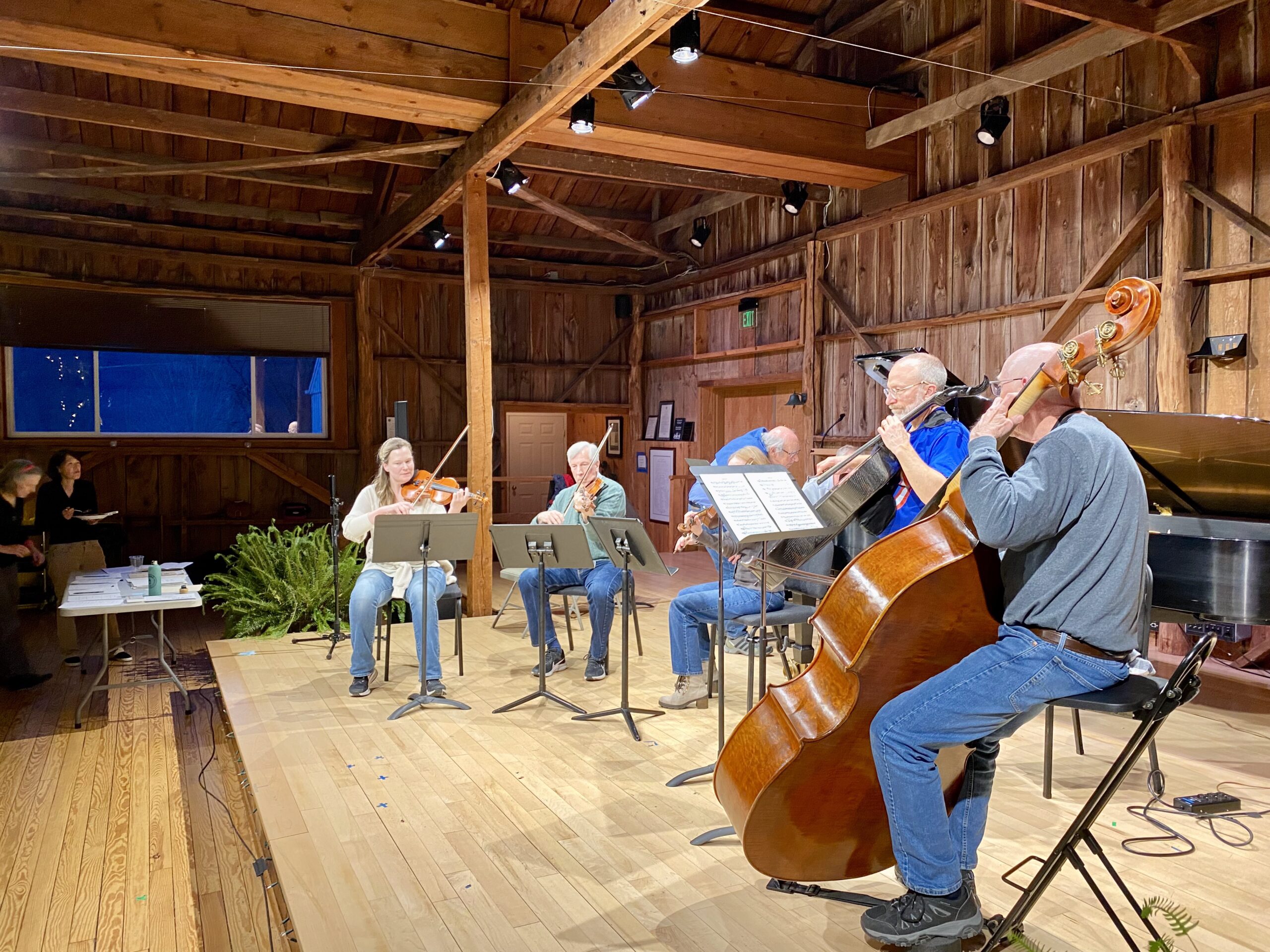As some of you might have seen, I’ll be playing a duet concert this Saturday at Garth Newel, Feb.22, with Jeremy Thompson. And as some of you who have seen the program might be asking, why are we playing two works that are more often heard performed by a full orchestra?
- Both of these transcriptions were made by the composers themselves. As piano duets, these works are transformed into different beasts, with greater activity, energy, and the clear physical embodiments of “forces of nature”
- The practice of transcribing orchestral works into piano music was popular in the 20th century in order to give people greater access to music they might not have had the ability to experience. If you did not have the ability to easily jump into a large concert hall with a resident symphony orchestra, you could still enjoy the lush sonorities of La Mer or the power of Rite of Spring with just one piano and a couple enthusiastic pianists.
- Rite of Spring was THE defining work of 20th century, and one of the elements that made it so startling was its savage rhythms: primitive, relentless, and overwhelming. The percussive nature of the piano illustrates the brutality of these rhythms much more clearly, not only bc of the clarity of the piano’s specific sound, but because visually the audience can see each precise attack, and hence see the tightness of the rhythmic interplay.
- Two pianists playing two famous orchestral works, in which 100+ parts are distributed among 4 hands on only one piano, means that there is a massive amount of choreography for the two pianists to figure out. There are times when they play on top of each other. Also, one of the pianists is over 6 feet. He has impressive hunching abilities but he can’t actually shrink
- Four hand performances brings greater connection to the direct impulses of the music. As an audience you will definitely see the individual physical exertion the performance of these very difficult works will take. Such an intimate set up will be more engaging in how it illustrates the elemental forces of these two works.















